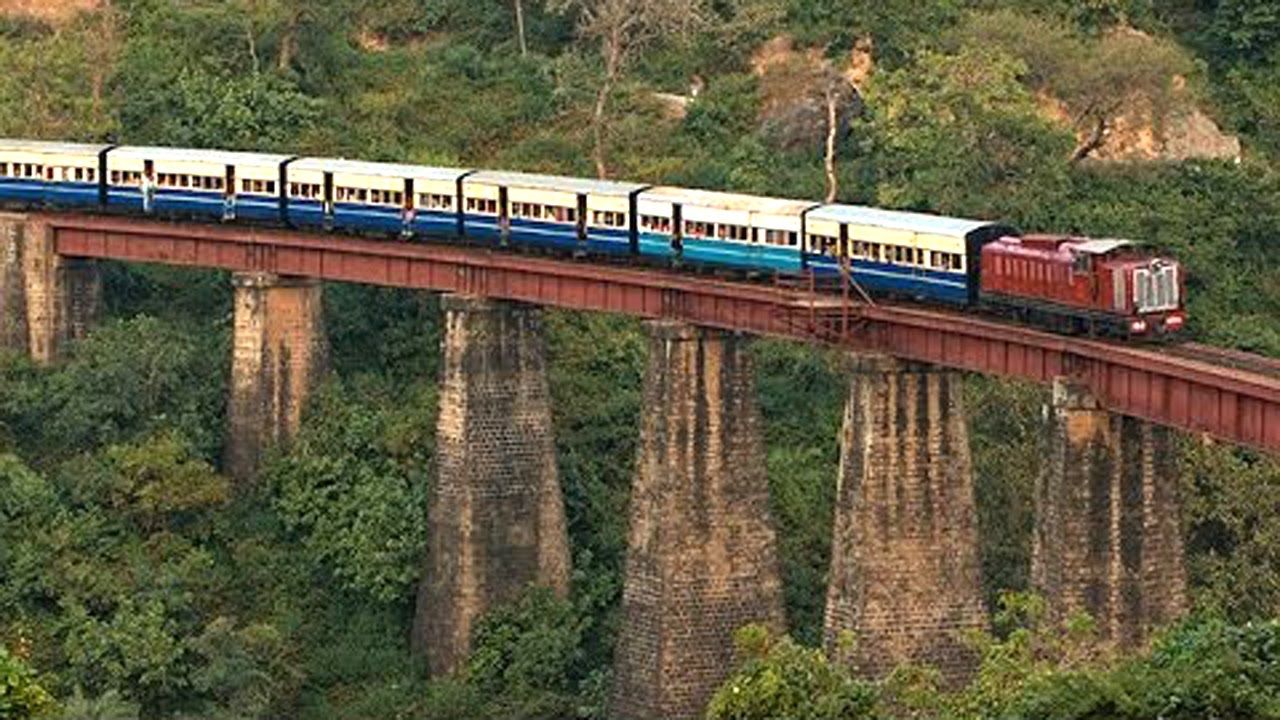Report of the Western Ghats Ecology Expert Panel - Part II : Human Pressure and Ecological Impacts : -
Opinion
31/10/2018
1513.
SUB :-Report of the Western Ghats Ecology Expert Panel - Part II : Human Pressure and Ecological Impacts :
REF :- Human Pressure and Ecological Impacts : -
Humans, with their tool use and deliberate, planned actions are of course the dominant actors on earth today and have shaped the ecology of the Western Ghats over many millennia. However, their influence has grown tremendously once iron tools permitted them to bring extensive tracts of wet forests under cultivation. Human influences have certainly been disruptive, but humans are also remarkable for being the only species that can be prudent, that can deliberately put conservation measures into practice. The following table provides an overview of the history of the natural and social landscape of the Western Ghats.
Table 2 Overview of the history of natural and social landscape :-
--------------------------------------------------------------------------
# / Period / Social Organization / Forest Utilisation / Conservation practices
............................................................................................................................
1 Before 1000 BC/ Hunting gathering and fishing societies / Gathering of biological resources / Sacred groves and sacred species
2 1000 BC to 300 BC / Agricultural communities in river valleys / River valley land diverted to agriculture / Sacred groves and sacred species
3 300 BC to 300 AD / Early chiefdoms engaged in overseas trade / Vigorous trade in pepper, cardamom and other natural forest produce / Sacred groves and sacred species
4 300 AD to 1500 AD / Caste society developed along with formation of states / Gathering of spices continues; spice gardens developed in narrow river valleys / Sacred groves and sacred species; traditions of restrained resource use
5 1500 AD to 1800 AD / Influence of European colonial powers beginning to be felt / Vigorous trade in spices; demand on timber for shipbuilding / Sacred groves and sacred species; traditions of restrained resource use
6 1800 AD to I860 AD / Traditional social organization breaking up under British rule / Unregulated exploitation of natural teak, catechu etc. / Sacred groves and sacred species, and traditions of restrained resource use continue to be maintained, but many destroyed
7 1860 AD to 1947 / AD Continuance of British rule; landlords and bureaucrats dominate / Shifting cultivation banned in many tracts; State takeover of forest lands; large-scale teak plantations / Sacred groves and sacred species; traditions of restrained resource use continue to be maintained, but many destroyed
8 1947 AD to 1960 AD / Traditional social hierarchy breaks down in independent India; commerce and industry dominant,/ Diversion of land for agriculture and river valley projects; rapid rise of forest- based industry / Wildlife Sanctuaries and National Parks begin to be established
9 1960 AD to 1980 AD / Pace of forest-based industrial development slows down / Beginning of shortages of forest produce; large-scale eucalyptus plantations; large- scale river valley projects / Many sacred groves felled to meet industrial requirements; many more Wildlife Sanctuaries and National Parks established
10 1980 AD till present / Contradictions in the development process become significant / Pace of diversion of forest lands and clear-felling of natural forests slows down; privatization of land and water resources and large-scale conflicts over land acquisition / Wildlife Sanctuaries and National Parks complemented by Biosphere Reserves, and Ecologically Sensitive Areas.
The pace of human interventions has been continually escalating and the colonial and post-independence periods are, of course, of great interest. A good overview of these developments for the northern Western Ghats (NWGs) , a region under profound human influences because of its proximity to Mumbai, the economic capital of India, is narrated by Shri Vijay Paranjpye in the special paper commissioned by WGEEP (*see Paranjpye, 2011).
*Paranjpye (2011) records that ‚an unprecedented pace of development on the NWGs occurred during the British Period due to "three major interventions" : –
---------------------------------------------------------------------
1. "Construction of Railways, 2. Roads, and 3. Dams."
These became the 'channels' of resource extraction, exploitation, and appropriation by the ever expanding urban and industrial settlements of Mumbai-Thane, Nashik, Pune, which has continued in the present times.
The first railway across the Western Ghats was built from Mumbai to Pune, and was completed in 1863.
The second line was consequently laid from Mumbai to Igatpuri in 1865.
A major impact of the construction of the railway line was the transport of agricultural products and forest resources to an untapped market in Peninsular India.
Wood from the Western Ghats could be transported to most corners of the country, through the medium of railways.
Hill stations like Lonavala, Khandala, Matheran grew after the construction of railways.
However, the most far-reaching impact on the NWGs in terms of area covered, scale of projects and time required was the construction of dams in the British Period.
The first dam in the Northern Western Ghats in British India was built in Mumbai at Vihar in 1860.
It was followed by the construction of over 20 dams till 1947 (on the NWGs alone).‛
This, he notes, continued post- 1947. ‚In 2009, the number of existing dams, and the construction of on-going ones had reached a total of 1821 structures, out of which approximately 200 of the large dams lay in the NWG. A list of 165 dams is included below found in the National Register of Large Dams (2009) and from Google Earth.
NEXT :- Table 3 List of Dams on the Northern Western Ghats
To be continued ...
JAIHIND
VANDMATHARAM












Comments
Post a Comment